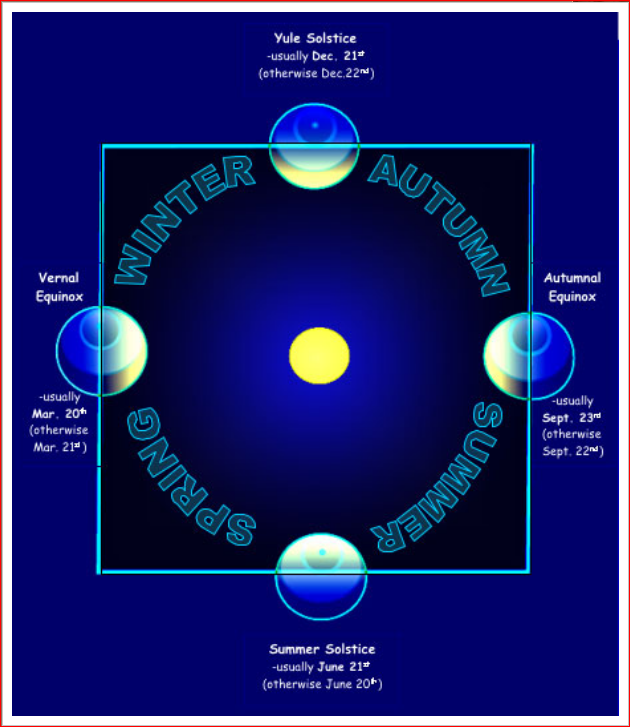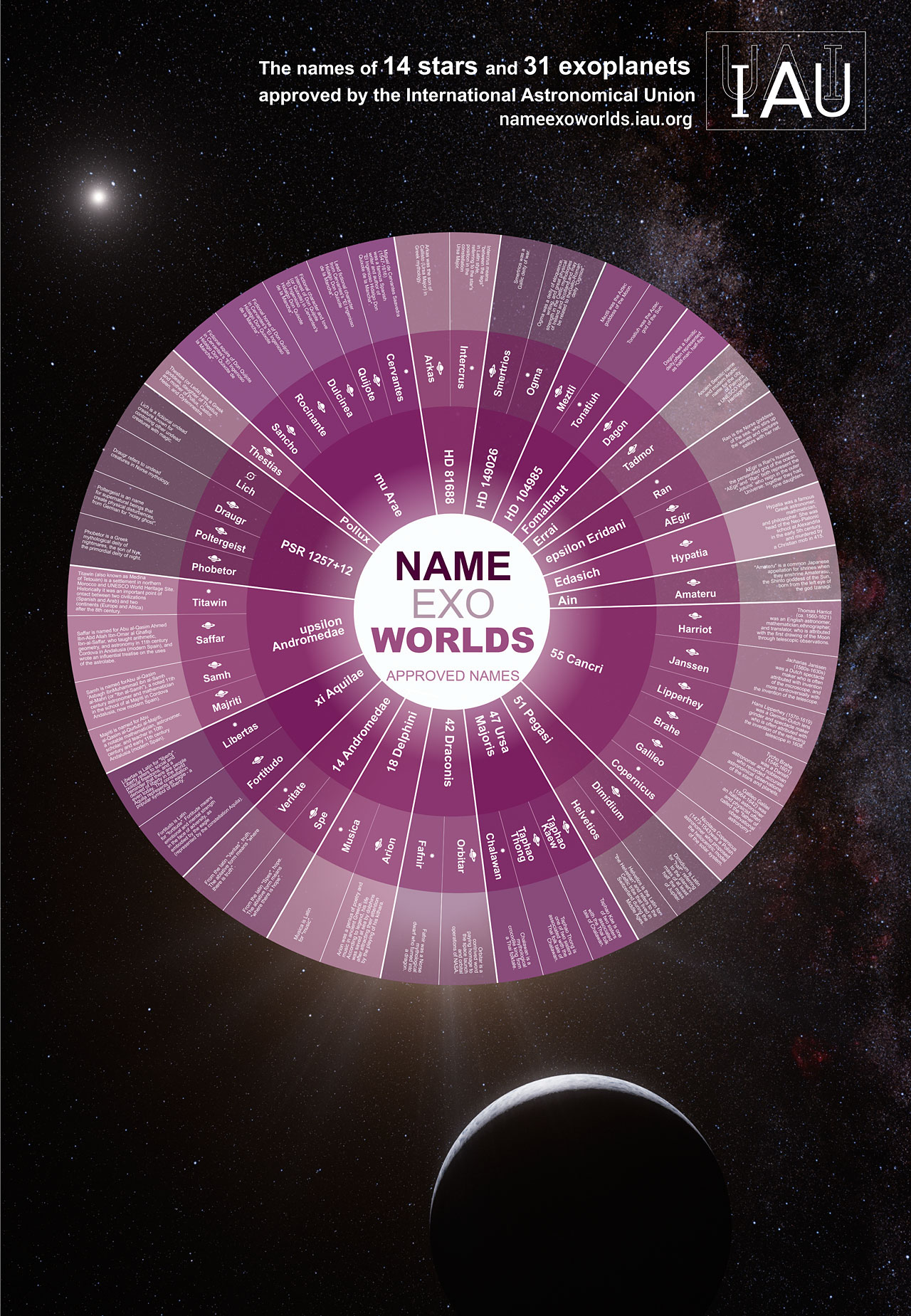 Views of Near-Earth Asteroid 2003 SD220 from the Arecibo Radio Observatory, on
recent dates (Image Sources: NASA, National Science Foundation).
Views of Near-Earth Asteroid 2003 SD220 from the Arecibo Radio Observatory, on
recent dates (Image Sources: NASA, National Science Foundation).
By Glenn A. Walsh
Reporting for SpaceWatchtower
This Christmas Eve, Rudolph the
Red-Nosed Reindeer can take the night off, as the first Christmas
Full Moon since 1977 will light Santa Claus' travels around the world
for Christmas 2015! And, so long as Santa does not fly beyond the
orbit of the Moon, he will not have to worry about colliding with the
most recent asteroid that will fly by the Earth on Christmas Eve.
Near-Earth Asteroid 2003 SD220
Near-Earth Asteroid 163899, also known
as 2003 SD220, will pass the Earth at a distance of more than 28
times the distance between the Earth and the Moon. So, this asteroid
will pass the Earth, safely, without any effects on our planet.
There is no evidence that any
earthquake has occurred following a close pass of Earth by a
near-earth asteroid, as some recent media reports have alleged for
the the passage of 2003 SD220. And, the passage of Earth by 2003
SD220, today, will not even be particularly close. Due to this great
distance, sighting the asteroid with an amateur telescope will be
extremely difficult.
This blog post is being posted at the
precise time Near-Earth Asteroid 2003 SD220 is predicted to pass the
Earth on Christmas Eve, Thursday Morning, 2015 December 24 at 8:08
a.m. Eastern Standard Time (EST) / 13:08 Coordinated Universal Time
(UTC). The distance between the Earth and the asteroid, at this time,
is calculated to be about 6,787,600 miles / 11 million kilometers.
This asteroid has been known for more
than a decade. It was discovered on 2003 September 29 by the Lowell
Observatory Near-Earth Object Search (LONEOS) at Percival Lowell's
namesake observatory near Flagstaff, Arizona. Of course, the 2003
prefix of the asteroid's scientific designation, 2003 SD220,
indicates the discovery year of the asteroid: 2003.
Since this Earth passage by 2003 SD220
was well predicted by scientists, scientific observations of the
asteroid have been occurring for more than a month. The huge radio /
radar dish in Arecibo, Puerto Rico, the National Radio Astronomy
Observatory in Green Bank, West Virginia, the NASA / Jet Propulsion
Laboratory's Solar System Radar, and the Very Long Baseline Array
have all been watching this asteroid as it passes the Earth.
Near-Earth Asteroid 2003 SD220 has an
elongated shape, a fairly large size, and does have some craters on
its surface, according to recent observations. Scientists estimate
that this asteroid is about 1.25 miles / 2 kilometers long. And, it
is now known to rotate, with one full rotation taking about 11 days.
Because this asteroid is known to pass
the Earth on a fairly regular basis, NASA will consider a future
robotic or human mission to visit this asteroid sometime in the
future. Today's encounter between the Earth and this asteroid is only
the first of 5 predicted encounters over the next 12 years.
The next passage of Earth by 2003 SD220
will occur in 2018. NASA has calculated that 2003 SD220 will
definitely not be a risk of hitting the Earth, at least for the next
two centuries.
Christmas Full Moon
For the first time
in nearly 40 years, the Full Moon of December will occur on Christmas
Day. This Full Moon will occur on Friday Morning, 2015 December 25 at
6:11 a.m. EST / 11:11 UTC.
Mathematically,
the chance that a Full Moon falls on Christmas Day is the same chance
that it will fall on any other particular day of the year. It happens
twice every 59 years.
The last Christmas
Day Full Moon occurred in 1977, and after this year the next will
occur in 2034, followed by Christmas Full Moons in 2053 and 2072 (so,
mark your calendars!). Normally, the Metonic Cycle of the calendar
year would mean that a Christmas Day Full Moon should occur every 19
years. The Greek Astronomer Meton, in the fifth century B.C., noticed
that the calendar seems to repeat every 19 years, hence, this cycle
was named in his honor.
So, 19 years from
now will be another Christmas Day Full Moon. However it has been 38
years (two 19 year cycles) since the last Christmas Day Full Moon.
This is because the Metonic Cycle is not exactly 19 years. We missed
a Christmas Day Full Moon 19 years ago by hours; the Full Moon
occurred on Christmas Eve, instead, in 1996.
This
Christmas Full Moon, tonight and tomorrow, will provide the brightest
moonlight of the entire year! This is due to the fact that Christmas
comes just three days after the Winter Solstice, the shortest
daylight of the year in the Northern Hemisphere, which occurred on
Monday Evening, 2015 December 21 at 11:48 p.m. EST / December 22 at
4:48 UTC.
In our sky, the Moon lines-up opposite
the Sun, both appearing to travel along the Ecliptic, the apparent
path on the celestial sphere where we find the major planets of our
Solar System as well as the Sun and the Moon. This is due to the fact
that all of these major bodies travel within a particular plane of
the Solar System.
When we view the Moon in our sky, it
appears to do the opposite of what the Sun does. When the Sun is high
in the sky near the Summer Solstice in June, the Moon is low in the
sky. This is because at the Summer Solstice, the North Pole is tilted
the maximum extent (23.44 degrees) toward the Sun and away from the
Moon.
When the Sun is low in the sky near the
time of the Winter Solstice in December (when the North Pole is
tilted the maximum extent, 23.44 degrees, away from the Sun and
toward the Moon), the Northern Hemisphere receives the lowest number
of sunlit hours for the year. Then, the Moon is high in the sky and a
Full Moon at this time is bright and appears in the sky for the
longest length of time for the year.
The December Full
Moon in the Northern Hemisphere of Earth was known to Native
Americans as the Cold Moon or the Long Nights Moon, and sometimes
also referred to as the Moon Before Yule. Other names given to the
December Full Moon have been reported by the
Farmers' Almanac
(Oak Moon) and
The American Boy's Book of Signs, Signals and
Symbols published in 1918 for use by the Boy Scouts (Wolves Moon
and Big Moon).
Of course Cold Moon refers to the cold
temperatures that begin with the start of the Winter season this
month. And, the Moon Before Yule was used by the Christian settlers
to refer to the Full Moon before Christmas Day (Yule being an early
religious festival observed by Germanic peoples, later absorbed and
equated with Christmas); of course, this name would not be used
during years when the December Full Moon is after Christmas
Day.
With the longest night of the year occurring near the
Winter Solstice, this justifies the term Long Nights Moon, as the
Full Moon is visible all-night long, rising approximately at sunset
and setting approximately at sunrise. And, this month's Moon is high
in the Northern Hemisphere sky, as this is the time of the year that
the Sun is the lowest in the sky; traveling high in the sky also
means the Moon stays in the sky longer.
A couple centuries
ago, when night artificial lighting had little effect and the
December Full Moon brightened a snowy field, one might see how some
people may refer to this as a Big Moon.
In the Southern
Hemisphere, the December Full Moon is known as the Strawberry Moon,
Honey Moon, and Rose Moon.
More on the Full Moon: Link
>>>
http://en.wikipedia.org/wiki/Full_moon
More on Full Moon names ---
Link 1
>>>
http://earthsky.org/astronomy-essentials/full-moon-names
Link 2 >>>
https://en.wikipedia.org/wiki/Full_moon#Farmers.27_Almanacs
Link
3 >>>
http://www.farmersalmanac.com/full-moon-names/
Image of the Full Moon photographed by the Apollo 11 astronauts
in July of 1969, during the spacecraft's trans-Earth journey homeward
after the first landing of astronauts on the Moon, approximately 10,000
nautical miles from the Earth
(Image Source: NASA):
Link >>>
http://spacewatchtower.blogspot.com/2015/12/astronomical-calendar-2015-december.html
Popular Christmas & Winter Planetarium Sky Shows Shown at Pittsburgh's original Buhl
Planetarium and Institute of Popular Science (1939 to 1991), including full scripts of each show:
The Star of Bethlehem >>>
http://buhlplanetarium3.tripod.com/skyshow/bethlehem/
The Stars of Winter >>>
http://buhlplanetarium3.tripod.com/skyshow/winter/
Related Blog Post ---
"Winter & SpaceX Launch w/ Web-Cast Tonight; Ursid Meteors Peak Dec. 22."
2015 Dec. 21.
Source: Glenn A. Walsh Reporting for SpaceWatchtower, a project of Friends of the Zeiss.
2015 December 24.
Want to receive
SpaceWatchtower blog posts in your inbox ?
Send request to <
spacewatchtower@planetarium.cc >..
gaw
Glenn A. Walsh, Project Director,
Friends of the Zeiss <
http://buhlplanetarium.tripod.com/fotz/ >
Electronic Mail - <
gawalsh@planetarium.cc >
SpaceWatchtower Blog: <
http://spacewatchtower.blogspot.com/ >
Also see: South Hills Backyard Astronomers Blog: <
http://shbastronomers.blogspot.com/ >
Barnestormin: Writing, Essays, Pgh. News, & More: <
http://www.barnestormin.blogspot.com/ >
About the SpaceWatchtower Editor / Author: <
http://buhlplanetarium2.tripod.com/weblog/spacewatchtower/gaw/ >
SPACE & SCIENCE NEWS, ASTRONOMICAL CALENDAR:
<
http://buhlplanetarium.tripod.com/#news >
Twitter: <
https://twitter.com/spacewatchtower >
Facebook: <
http://www.facebook.com/pages/SpaceWatchtower/238017839577841?sk=wall >
Author of History Web Sites on the Internet --
* Buhl Planetarium, Pittsburgh:
<
http://www.planetarium.cc >
* Adler Planetarium, Chicago:
<
http://adlerplanetarium.tripod.com >
* Astronomer, Educator, Optician John A. Brashear:
<
http://johnbrashear.tripod.com >
* Andrew Carnegie & Carnegie Libraries:
<
http://www.andrewcarnegie.cc >
* Civil War Museum of Andrew Carnegie Free Library:
<
http://garespypost.tripod.com >
*
Duquesne Incline cable-car railway, Pittsburgh:
<
http://inclinedplane.tripod.com >
* Public Transit:
<
http://andrewcarnegie2.tripod.com/transit >







